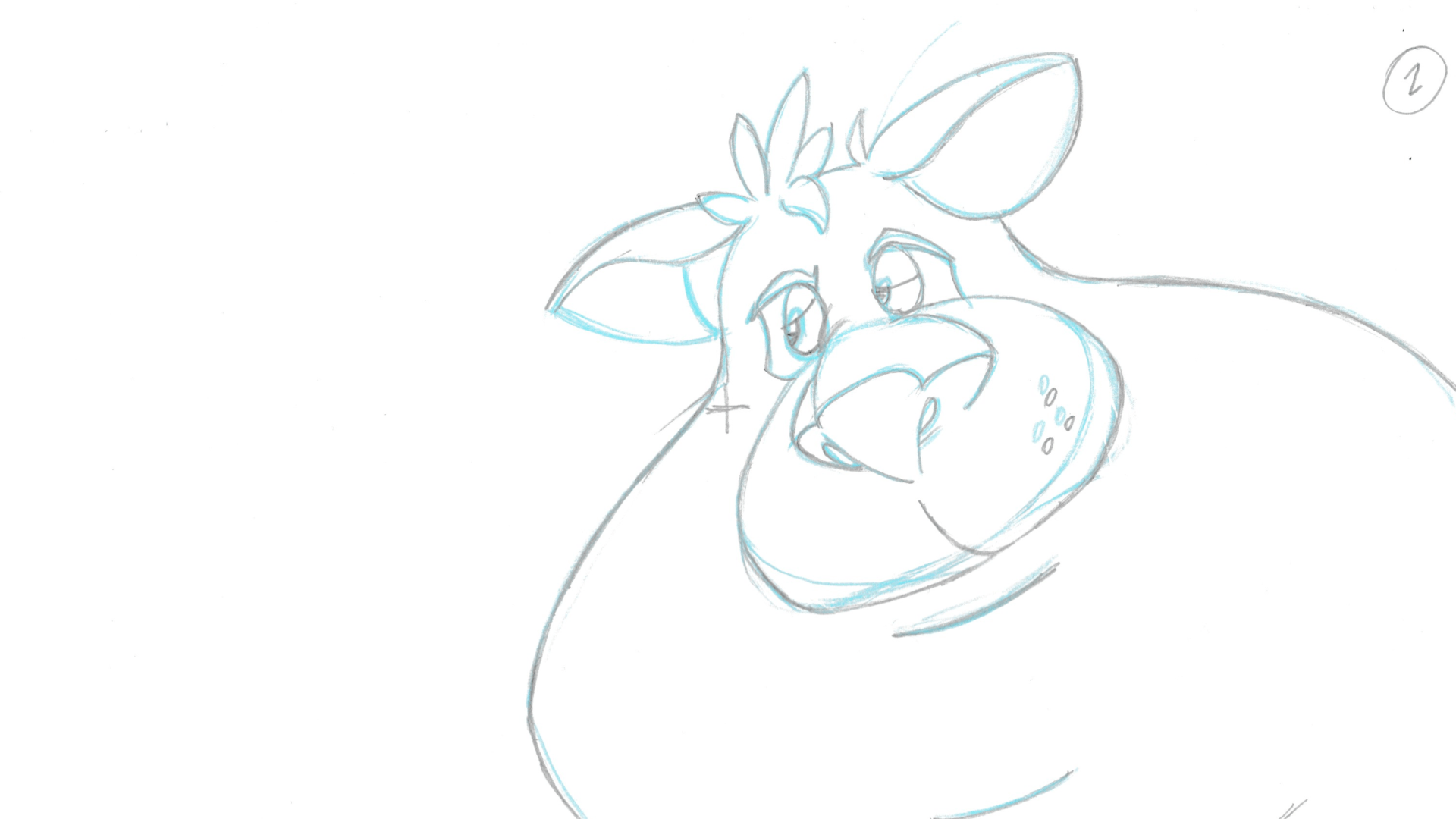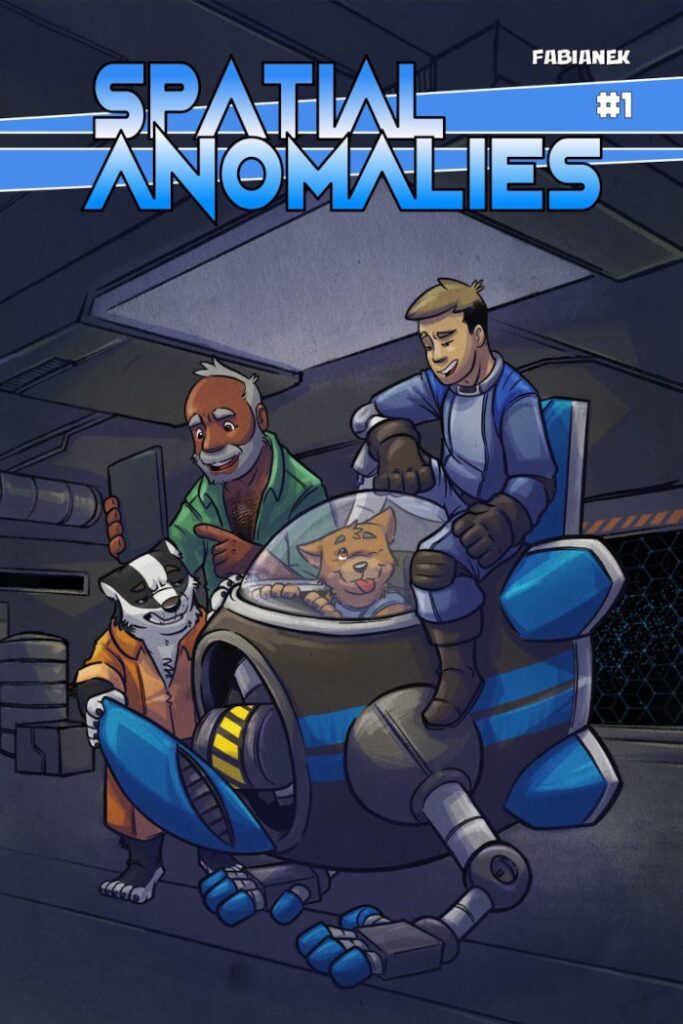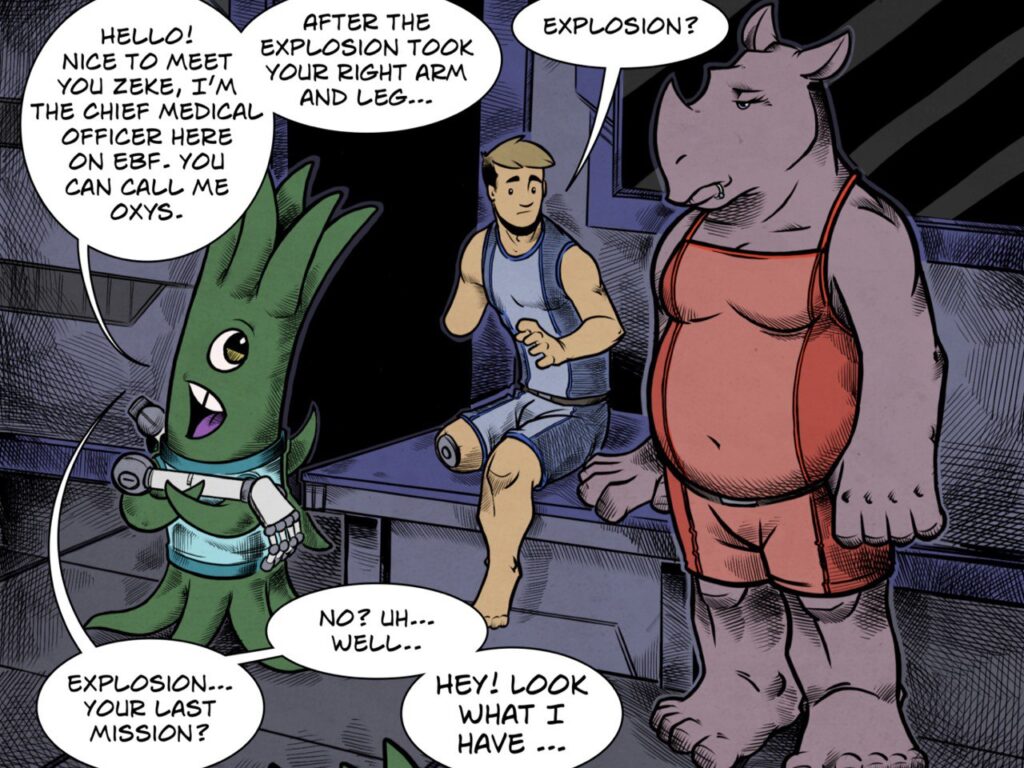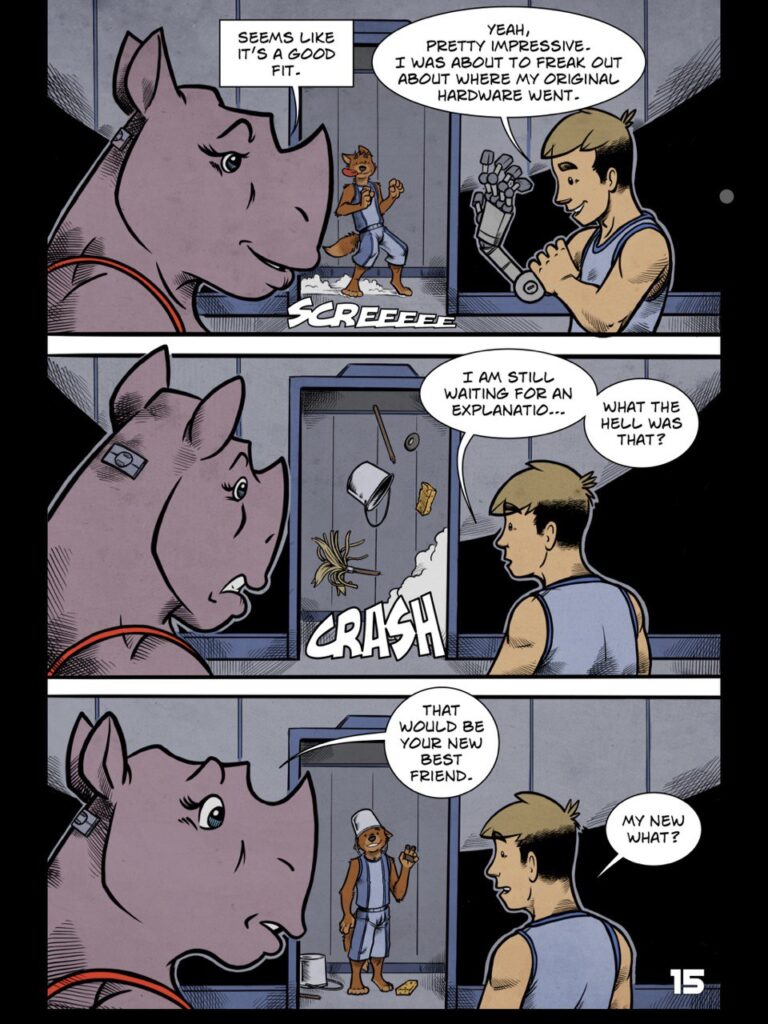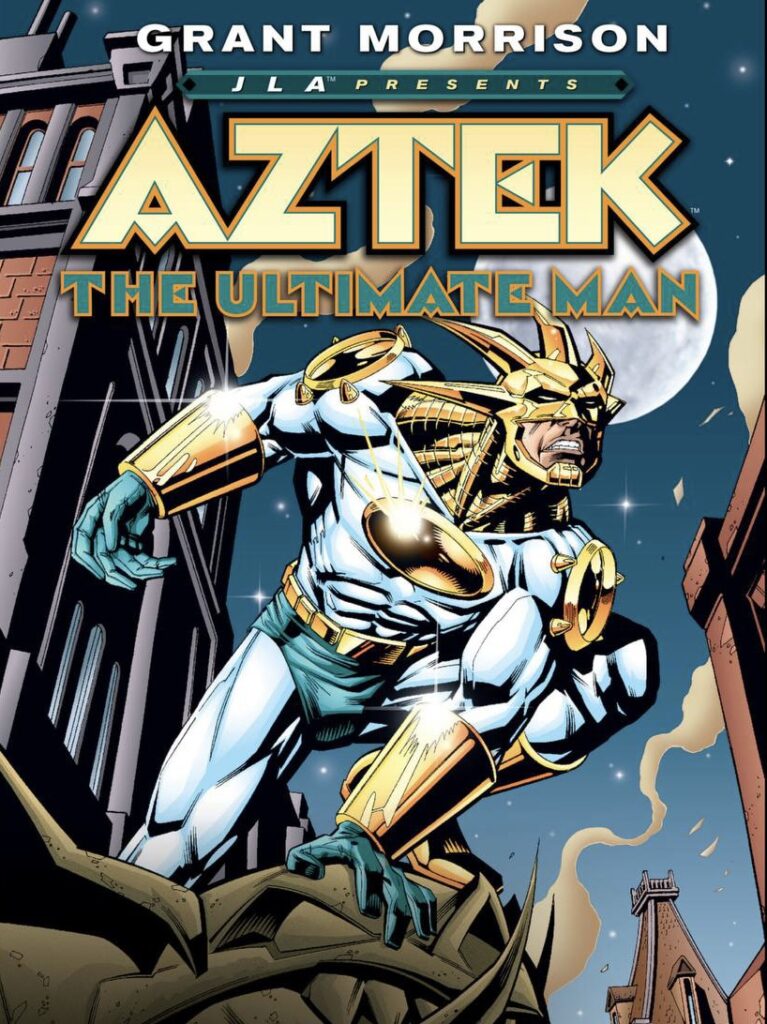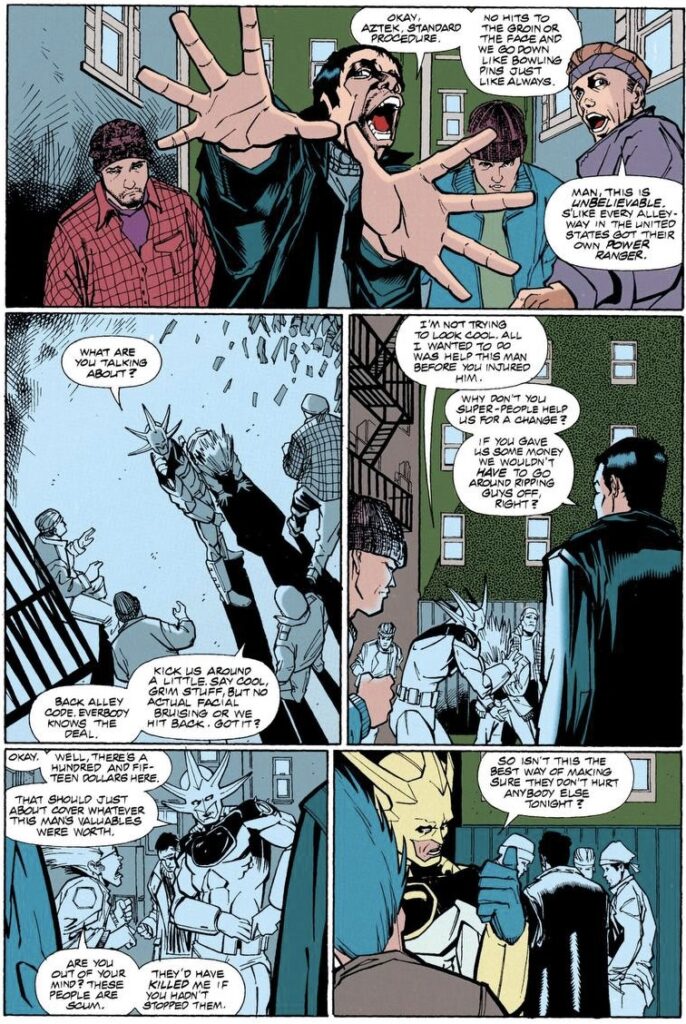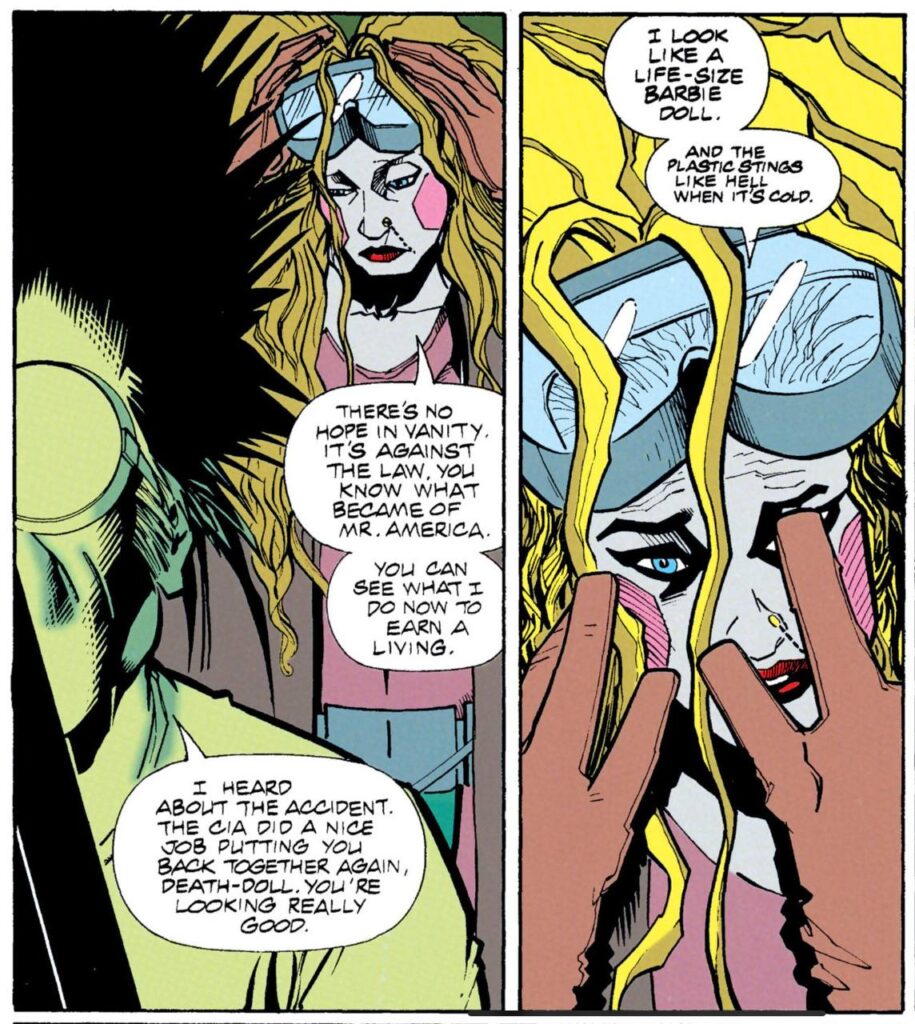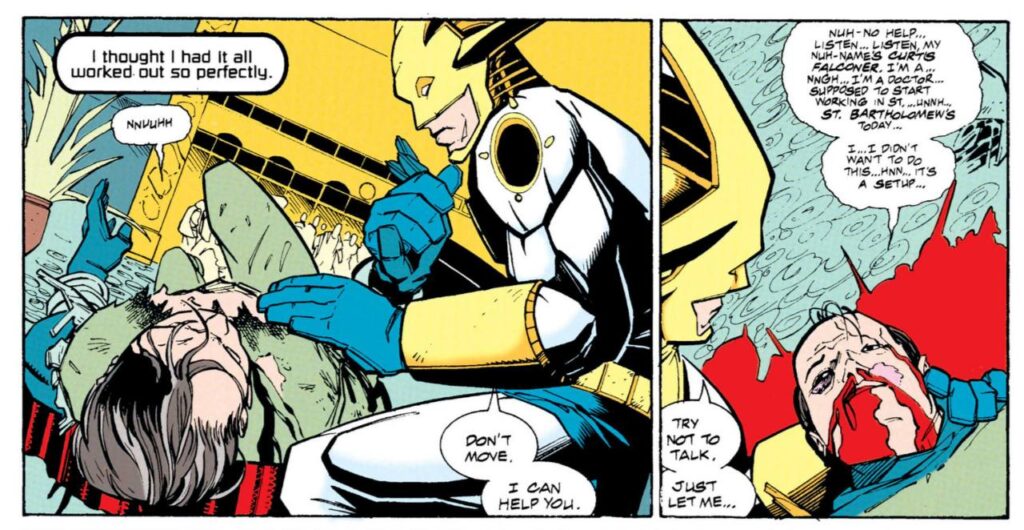Kevin Conroy died.
If you don’t follow voice actors, Kevin Conroy played Batman and Bruce Wayne in Batman: The Animated Series, The New Batman Adventures, The Batman-Superman Movie: World’s Finest, Batman Beyond, Justice League, Justice League Unlimited, Justice League Action, The Killing Joke, the Arkham series of video games, and some other movies I know I missed.
You know his voice. He was vengeance. He was the night. He was, for many, including me, Batman.
* * *
Batman’s always been a part of my life. He—and I’m not talking about an actor here but the Real Batman—is still one of my heroes, and the Real Batman’s sense of justice and equity still informs mine. I doubt I’ll ever fire a gun. I’ll always try to extend an open hand instead of a closed fist. I’ll always think capes are a necessary fashion accessory.
My parents maintain that I recognized a cardboard standee of Michael Keaton’s Batman by name in 1989. I was two, maybe. Not much of a talker at that point. Batman ‘89 is the first movie I ever recall seeing on VHS. I got myself in trouble repeating some of the words I learned in that movie at a dinner party once. I still have a Polaroid of myself, my twin brother, and my sister as two Batmans and a Catwoman standing with the ‘89 Batmobile at an auto show that we went to specifically for that.
Then there was the 1949 Batman and Robin movie serial starring Robert Lowery and Johnny Duncan. We had two VHS tapes of that, and there must have been a third out there, because I first saw the ending when it was rereleased on DVD in 2005. Worth the wait? Not exactly, but for completion’s sake, it needed doing.
Let’s not forget Batman ‘66. Dad was almost definitely the one who got us watching those. He can still tell you the date of the premiere, and what date he saw the real Batman and Robin with the Batmobile at Walt Whitman Mall on Long Island. I watched that show with a religious zeal—I never saw the strings until watching it on Blu-ray. Whether that’s due to taping the show off a TV re-run or because I was a True Believer, I’ll never know.
A copy of the children’s novelization of Knightfall wound up in my hands as part of a birthday party goody bag.
The comics, of course; I recall nearly my first comic ever being an early issue of the Contagion crossover, and it scaring the pants off me. Chuck Dixon, Larry Hama, Ed Brubaker, Grant Morrison, not to mention the countless artists like Neal Adams, Scott McDaniel, Alex Toth…
***
But Batman: The Animated Series debuted on Fox Kids on September 5, 1992, airing the first part of “The Cat and the Claw,” a two-part episode featuring Adrienne Barbeau as Catwoman, Kate Mulgrew as Red Claw, and, of course, Kevin Conroy as Batman. This was, and is, my Batman.
Kevin always played his Batman as trying to save everyone, especially his villains. Mercy was as much a hallmark of his character as gadgets, martial arts, and Batarangs. Villains like Two-Face, Mr. Freeze, Ventriloquist, and Catwoman—especially Catwoman—he was always trying to bring over to the side of the angels. Even no-namers like Sid the Squid got the benefit of the doubt.
Kevin seemed to be that way in real life as well—I only got to know about him indirectly, through interviews and secondhand stories. He served food to NYC first responders after 9/11, and rekindled their spirits by playing Batman for them. He seemed genuinely gracious to be known as Batman and gave everyone their moment with the Man himself.
One of the most powerful things he ever did was to come out as gay. He even wrote a comic about how being in the closet informed his performance as Batman and Bruce Wayne—about fear, duality, loneliness, rage—and being able to do something positive with it. More than any other actor, Kevin Conroy embodied Batman. He was dealt a tough hand, pushed through it, and used his position to help others.
“Finding Batman” was written by Kevin Conroy, drawn and colored by J. Bone, lettered by Aditya Bidikar, and edited by Arianna Turturro and Jessica Chen. It was published by DC Comics in DC Pride 2022, available in print and digitally. It’s worth your time.
Kevin, I’ll miss you. Thanks for everything.
